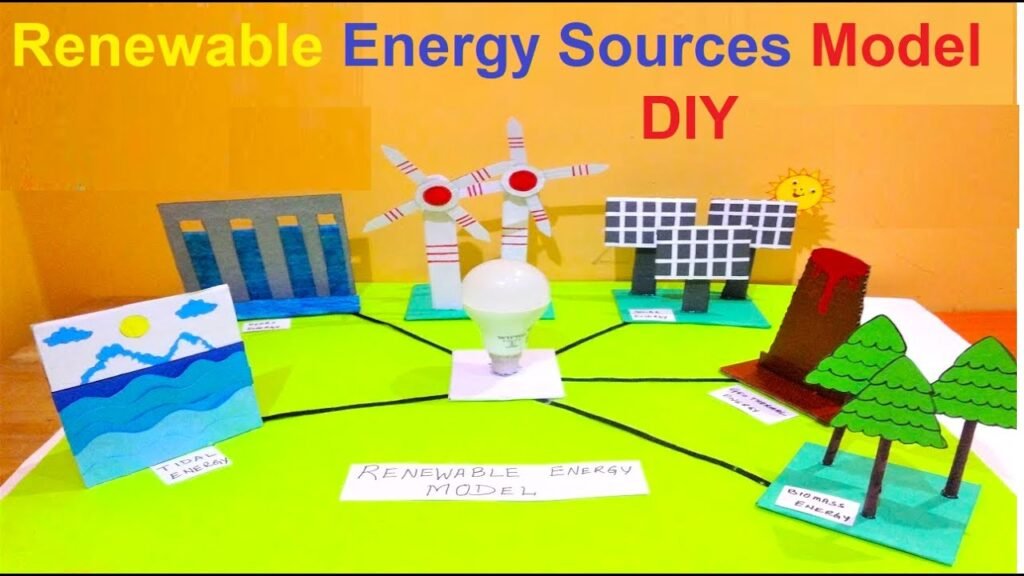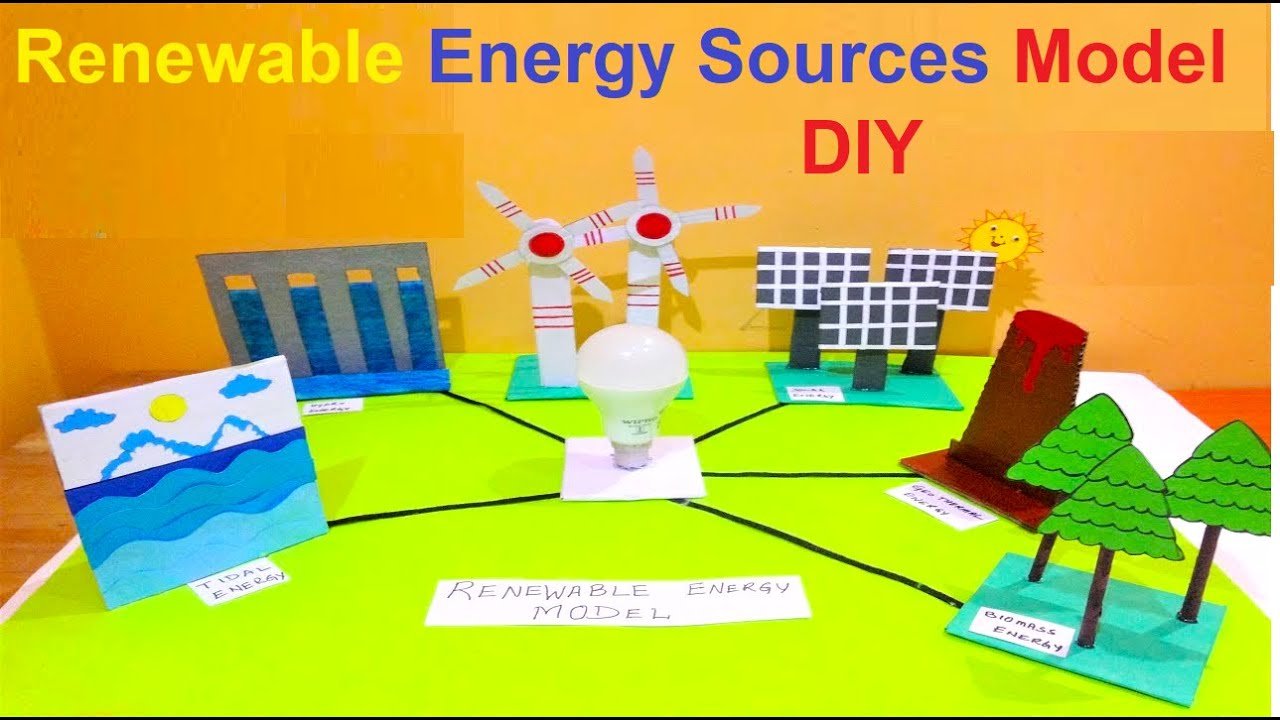Renewable energy sources are natural resources that are replenished on a human timescale and can be used indefinitely without depleting their stock. Unlike fossil fuels, which are finite and contribute to environmental degradation, renewable energy sources offer a sustainable and environmentally-friendly alternative for meeting our energy needs.

Types of Renewable Energy Sources:
Solar Energy:
Solar energy is harnessed from the sun’s rays using photovoltaic cells or solar thermal systems. It is a versatile and abundant source of clean energy that can be used for electricity generation, heating, and powering various applications.
Wind Energy:
Wind energy is captured using wind turbines that convert the kinetic energy of wind into mechanical power. This power is then converted into electricity. Wind farms harness the power of wind to generate significant amounts of clean energy.
Hydropower:
Hydropower utilizes the energy of flowing or falling water to generate electricity. Dams or other structures are built to control the flow of water, which is then directed through turbines to produce power.
Geothermal Energy:
Geothermal energy is derived from the natural heat of the Earth’s interior. It involves tapping into hot water reservoirs or using the Earth’s natural heat for electricity generation, heating, and cooling purposes.
Biomass Energy:
Biomass energy is generated from organic materials such as plants, wood, agricultural residues, and organic waste. These materials can be converted into biofuels, biogas, or used directly for heating and electricity generation.
Ocean Energy:
Ocean energy encompasses various technologies that harness the power of ocean waves, tides, and thermal gradients. These methods can generate electricity, desalinate water, or provide heating and cooling.
Creating a model renewable energy sources
Creating a model to showcase renewable energy sources is a great educational project. Here’s a step-by-step guide to help you create a simple and informative model:
Materials Needed:
- Cardboard or a sturdy base (for the model)
- Colored paper, paint, or markers
- Small objects or images representing different renewable energy sources (e.g., miniature wind turbines, solar panels, hydroelectric dams)
- Labels or markers
- Glue, scissors, and tape
Steps:
1. Prepare the Base:
- Use cardboard or a sturdy base to create the foundation for your model. This will be the surface on which you arrange the various renewable energy sources.
2. Identify Renewable Energy Sources:
- Decide which renewable energy sources you want to include in your model. These could include solar, wind, hydro, geothermal, and biomass energy.
3. Representing Solar Energy:
- Create small solar panels using yellow or black paper. Arrange them on the model to represent solar energy. You can also draw or attach images of solar panels.
4. Depicting Wind Energy:
- Use small wind turbines or create them using paper and toothpicks. Arrange them on the model to represent wind energy. Ensure they are positioned in an open area to simulate a windy environment.
5. Displaying Hydroelectric Energy:
- Create a miniature dam using cardboard and blue paper to represent hydroelectric energy. You can also use small toy figures to represent a hydroelectric power plant.
6. Showcasing Geothermal Energy:
- Use brown paper to represent the Earth’s surface. Add small geothermal power plants or images to show geothermal energy production.
7. Representing Biomass Energy:
- Use small cutouts or images of biofuel sources like crops, trees, and organic waste. Arrange them on the model to represent biomass energy.
8. Adding Labels:
- Label each section to clearly identify the type of renewable energy source it represents.
9. Informational Labels:
- Add small labels or cards with brief explanations of each type of renewable energy source. This provides educational value to your model.
10. Finishing Touches:
- Add any additional details or decorations to make your model visually appealing. You can use paint or colored paper to enhance the overall look.
11. Presentation:
- When presenting your model, explain each renewable energy source and how it works. Discuss the benefits of using renewable energy for a sustainable future.
By creating this model, you’ll have a tangible representation of different renewable energy sources and a better understanding of their significance in our transition towards cleaner and sustainable energy options.

